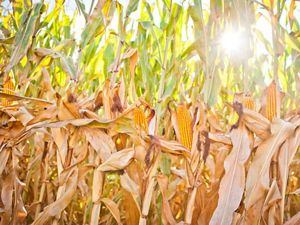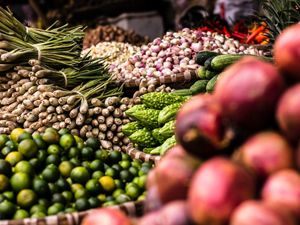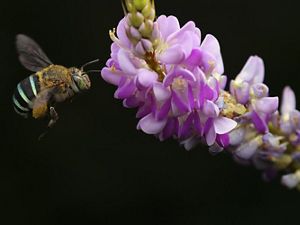The Nature Conservancy’s Environmental Frameworks were developed to provide lenders and investors from different value chains with a set of consistent environmental requirements to develop new financial products or adapt existing mechanisms for a deforestation- and conversion-free approach (DCF), with robust tools to support decision-making.
Optimizing land use in Brazil is imperative—and financial incentives are key to this effort. In the Cerrado, for instance, the existing pasture area suitable for soybeans (18.5Mha) would be enough to meet more than twice the expansion needs by 2030 (7.3Mha) estimated by the Brazilian National Supply Company (CONAB). Meanwhile, beef production in the country is still plagued by low productivity (national average is less than 1 head/ha), albeit with significant potential for intensification (up to 4 head/ha). Cattle ranching intensification—which increases profitability, boosts productivity, and frees up land for alternative uses—in combination with soy expansion in previously cleared land is a key strategic element to achieve deforestation- and conversion-free value chains.
In Brazil, agricultural credit has a direct influence on land use decisions and can be key to the implementation of DCF production systems—especially in cattle ranching sustainable intensification and the expansion of soy production, currently the main drivers of deforestation in Brazil. The Nature Conservancy reached out to different stakeholders across the soy and beef value chains to propose Frameworks able to meet a diverse set of market needs, with complementary, robust tools to assist users in their decision-making processes.
Quote
Cattle ranching intensification in combination with soy expansion in previously cleared land is a key strategic element to achieve deforestation and conversion-free value chains.
TNC’s Environmental Frameworks set both essential requirements and additional elements to assist the development of new financial mechanisms based on sustainable production approaches. The ability to incorporate additional requirements in novel ways gives lenders and investors the chance to develop a diverse set of products, as well as offering additional benefits to ranchers who meet additional criteria. The Frameworks’ development process engaged different players in the soy and beef production chains to arrive at a roadmap able to meet the most diverse market needs. Thus, lenders can standardize the requirements for offering sustainable finance products to producers, helping ensure that financed production is developed in a more sustainable way. And producers have the additional benefit of consistent requirements from different sources of capital.
To learn more, please access the interactive Frameworks for Soy and Cattle, where you will find the respective tools to support decision-making, such as carbon calculators and priority areas where resources might be directed.





